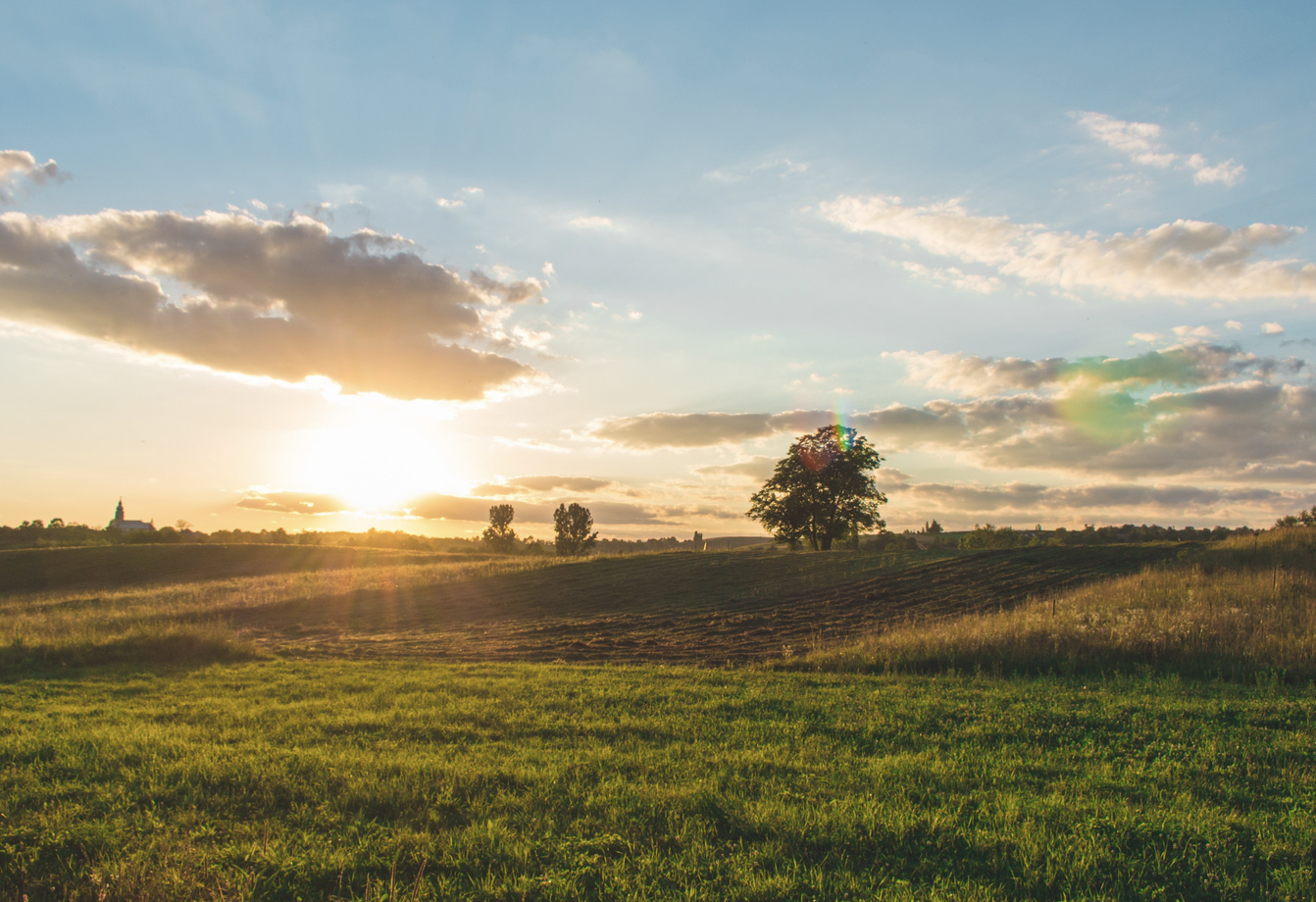Policy plays a critical role in shaping the agriculture industry in the UK and Europe. Government policies can have a major impact on the way that farmers operate, the crops they grow, and the prices they receive for their products. Policy has a major effect on how land is managed and environmental outcomes.

Recommended Content
Content below is from across the PEP community and is not necessarily endorsed by Stewards or by PEP
Connected Content
This Topic doesn't yet have a Stewarded summary, but connected groups, content and organisations show below. Click the 'Ask to Join' button if you would like to be a Steward for this Topic and provide a summary of current knowledge and recommend useful resources, organisations, networks and projects. "Like" this Topic if you would like to see it prioritised for providing a wikipedia style summary.
Cambridge Environmental Assessments (CEA), part of RSK ADAS, provides novel solutions for an increasingly demanding regulatory world. Our team specialises in higher tier approaches to chemical risk assessment, including the design and conduct of higher tier studies tailored to address specific regulatory concerns. This encompasses agrochemicals, biocides, veterinary and human pharmaceuticals, food additives, novel foods, cosmetics and general chemicals.
Agrochemicals are chemical products used for agricultural purposes. Although agrochemicals have high input costs, they are widely used in the farming industry for their beneficial effects on crop yields and quality and associated reduced labour costs. Together with advances in agricultural machinery and infrastructure, the use of agrochemicals played a large role in the Green Revolution. This was a period in the 21st century in which the spread of various agricultural technologies led to greatly increased yields and production globally. However, a number of concerns around agrochemicals exist including negative effects on human health and the environment and the development of pest populations that are becoming resistant to them. A major challenge of modern agriculture is to try and reduce reliance on agrochemicals whilst continuing to increase yields and feed a growing global population.
The EU Fertilising Products regulation will apply to all fertilising products that are placed on


